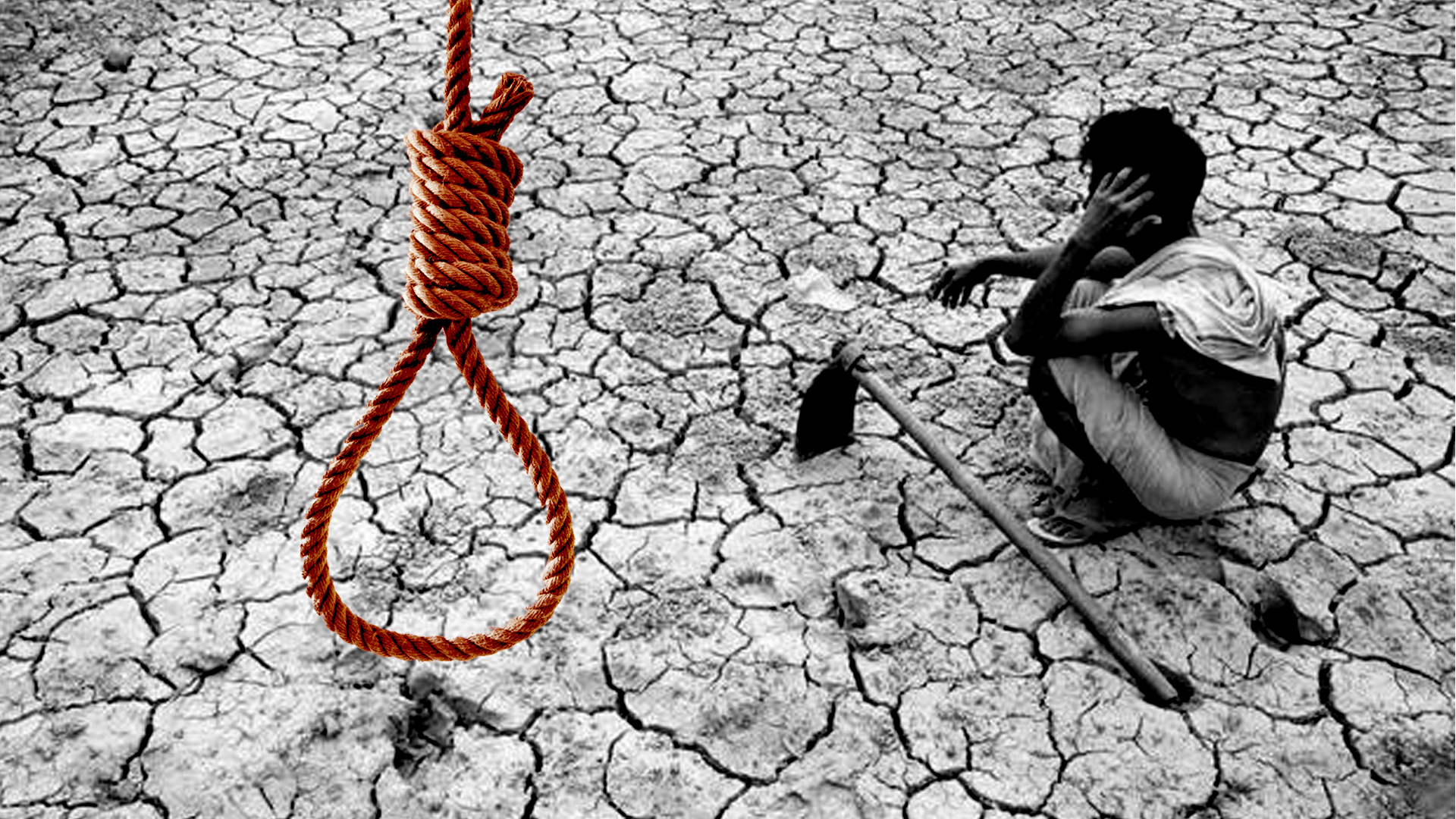Written by Vartika Chauhan
Edited by Himanshi Shivani

The post-independence period had seen a subsequent shift in employment from primary to the tertiary sector and so in the contribution of GDP. The agricultural sector proves to be the largest source of livelihood in India. 70 percent of its rural households still depend primarily on agriculture for their livelihood, with 82 percent of farmers being small and marginal. In 2017-18, total food grain production was estimated at 275 million tonnes. With such an amount of hard work and responsibilities farmer’s expectation to earn a handful of money is obvious. But situation points in the opposite direction. Even a good harvest sometimes brings poverty to farmers. The reason could be fixing up of prices for the good, ineffective application of government policies and schemes.

According to the latest National Crime Records Bureau (NCRB) data on accidental deaths and suicides, 10,281 farmers committed suicide in 2019, down from 10,357 in 2018, whereas the figure for daily wagers went up to 32,559 from 30,132. The report adds that although Maharashtra witnessed a 20% dip from the previous year, it continued to be the top state with 2,550 of the 6,270 farmers' suicides documented nationwide. A majority of the farmers who died by suicide in India were men while women accounted for only 8.6% of farmer suicides in the country. One of the reasons for this wide discrepancy could be that a large number of women who work on farms are not characterized as farmers.

One reason in the fall of the percentage of suicides could be the efficient management of price floor and rationing. The way forward to achieve a zero crime rate in this matter could be by subsidies which must be rerouted towards capital generation and entrepreneurial Custom Hiring Centers (CHCs) and the implementation must be ensured in a timely fashion.




0 Comments